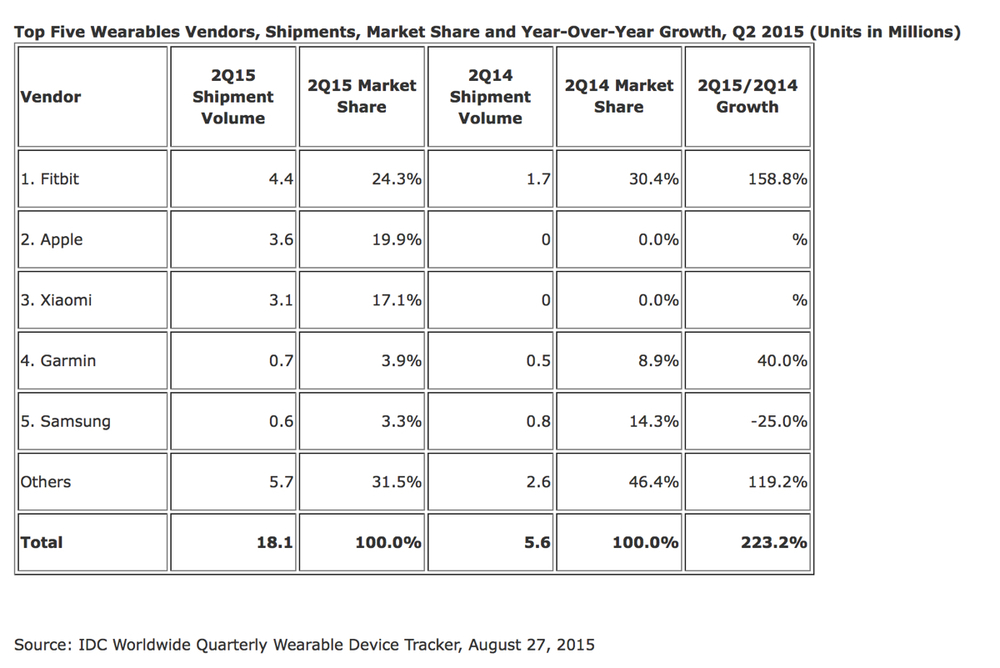
Have you ever wanted to turn your iPhone into a universal remote for your audiovisual gear, in particular your TV? That’s the idea behind Pronto (US$59.99), a combination of a small Bluetooth device and an app that wants to replace all of your remote controls.
About four years ago several of us at The Unofficial Apple Weblog were given the opportunity to test a universal remote system that worked with the iPhone. Called The Peel, the device used a pear-shaped infrared blaster called The Fruit in concert with a cylindrical Wi-Fi device called The Wire and the Peel Remote app. Ultimately, I wasn’t too impressed with the device as it took up space, dropped connectivity with the iPhone, and the app didn’t have much going for it.
Fast forward to 2015, and another former universal remote wannabe — Pronto (by Philips) — and Peel have joined forces to create the new Pronto, powered by Peel’s app. Let’s look at the hardware and software.
The new Pronto is a small black tower only 3.57 inches (90.7mm) tall and 1.98 inches (50.3mm) on a side. Gone are all of the cables. The Pronto is battery-powered by four AA cells, which should last about a year. That device communicates with your iPhone via Bluetooth, then uses infrared to send commands to all of your devices.
Setup is drop-dead simple, so simple I was tempted to have one of my cats set up the Pronto. However, she doesn’t have thumbs to pick up the batteries, so I did it for her. All you need to do is twist the bottom of the Pronto a tiny amount to remove it, open a battery door, pop the four cells into their cubbies, and the close it all back up. A red LED indicates that the Pronto is in pairing mode.
You’re told to install and launch the free Peel Smart Remote & TV Guide app before turning on the hardware. Once the Pronto goes into pairing mode, the app finds it. The app is incredibly easy to set up as well, requiring you to enter your zip code, then asking what cable or satellite provider you use. Next, you’re asked the name of the manufacturer of your TV, after which the app asks you to tap a button on the iPhone screen. If the TV turns on (or off if it’s already on), you’re set to move to the next device, your cable box.

“Anytime Apple enters a new market, not only does it draw attention to itself, but to the market as a whole,” says Ramon Llamas, research manager for IDC’s Wearables team. ” … Now that Apple is officially a part of the wearables market, everyone will be watching to see what other wearable devices it decides to launch, such as smart glasses or hearables.”
Apple’s arrival had the greatest impact on the smart wearables category, or those devices capable of running third party applications. About two of every three smart wearables shipped this quarter was an Apple Watch, according to IDC.
“Apple has clearly garnered an impressive lead in this space and its dominance is expected to continue,” says Jitesh Ubrani, Senior Research analyst for IDC Mobile Device Trackers. “And, although Fitbit outshipped Apple, it’s worth noting that Fitbit only sells basic wearables – a category that is expected to lose share over the next few years, leaving Apple poised to become the next market leader for all wearables.”
The company is just getting started with the Apple Watch, having reached just 16 geographic markets to date and starting agreements with third-party retailers. However, what’s most important is the continued development of the watchOS platform, says IDC. At its WWDC in June, Apple announced that the next version of watchOS will allow for native applications, which could have a similar effect that iPhones enjoyed when native apps became available.
